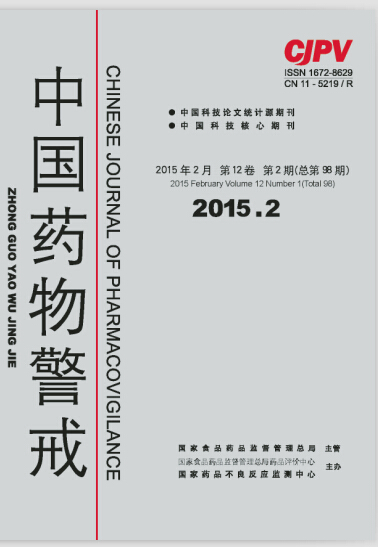|
|
Experimental Study on the Long-term Toxicity of Isosorbide Mononitrate and Ivabradine Hydrochloride Compound in Beagle Dogs
HU Xiao-le,LI Hui-en,LI Bin,WANG En-li,FENG Zhong,ZHAO Tao*
2015, 12(2):
65-68.
Objective To observe the toxicity of isosorbide mononitrate and ivabradine hydrochloride compound(ISMN-I) in beagle dogs, and to provide safety evidences for clinical experiment. Methods 32 healthy beagle dogs, half male and half female, were randomly disvided into control, low-, mid-, and high-dose (30, 75, and 180 mg·kg-1) groups, 8 dogs in each group. The beagle dogs were administered for 30 days, and observed for 14 days after the last administration. During the experiment, the general conditions of animals were observed daily. Body weight and food consumption were weighed weekly. The related indexes including ophthalmology, body temperature, urinary routine, blood pressure, electrocardiogram, hematological and blood biochemical indexes were detected at different time points such as before administration, the end of administration and the end of recovery period, then the dogs were dissected and histopathologic examination was carried out. Results Compared with control group, the blood pressure of DBP in high-dose group and mid-dose group declined obviously at the end of administration. Dogs in high-dose group and mid-dose group vomited, shaked, convulsed obviously during the administration, individual dogs in low-dose group vomited occasionally. Conclusion In this study, the no observed adverse effect level(NOAEL) is 30 mg·kg-1 in beagle dogs for 30 days by oral administration.
References |
Related Articles |
Metrics
|
